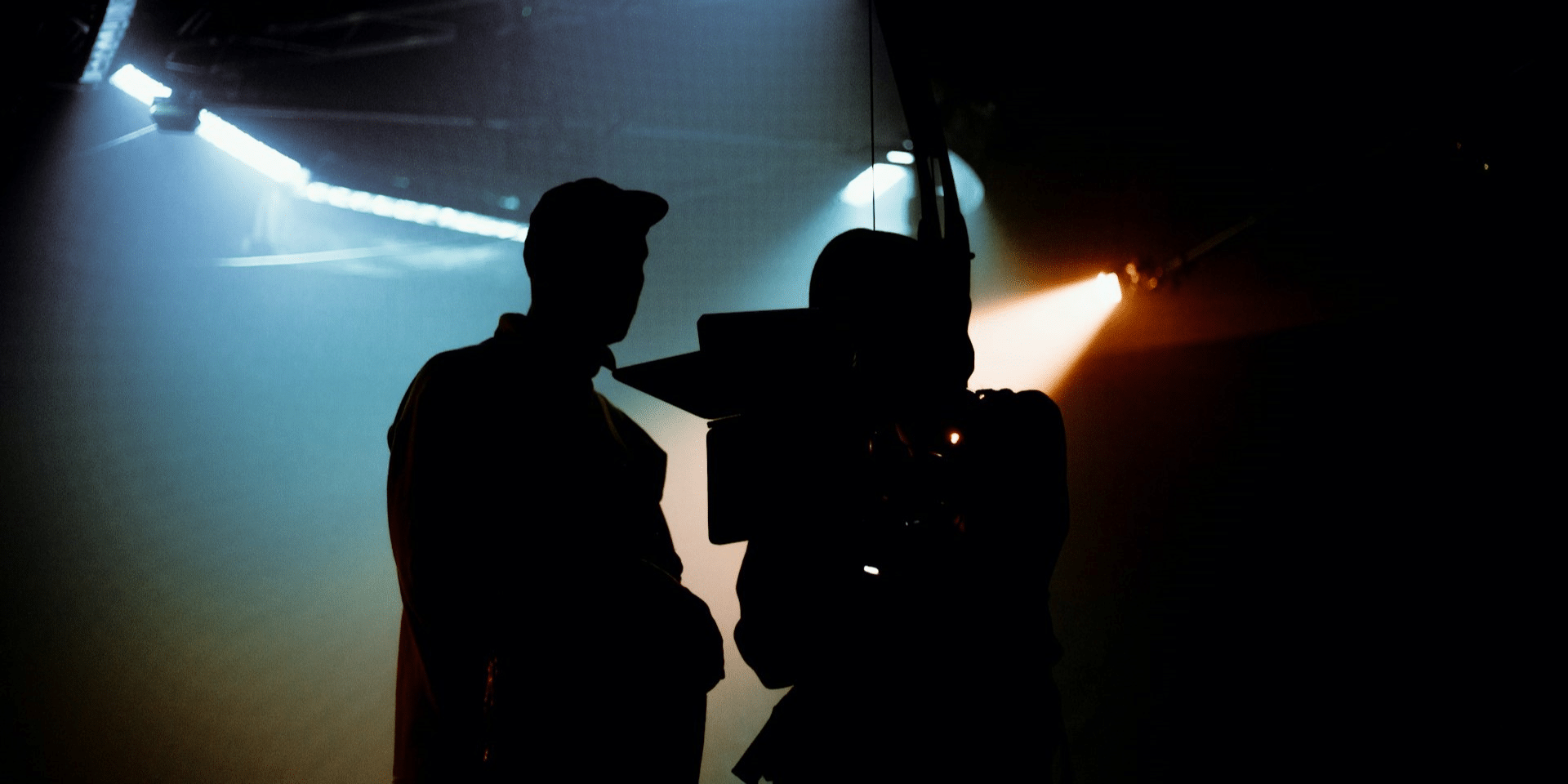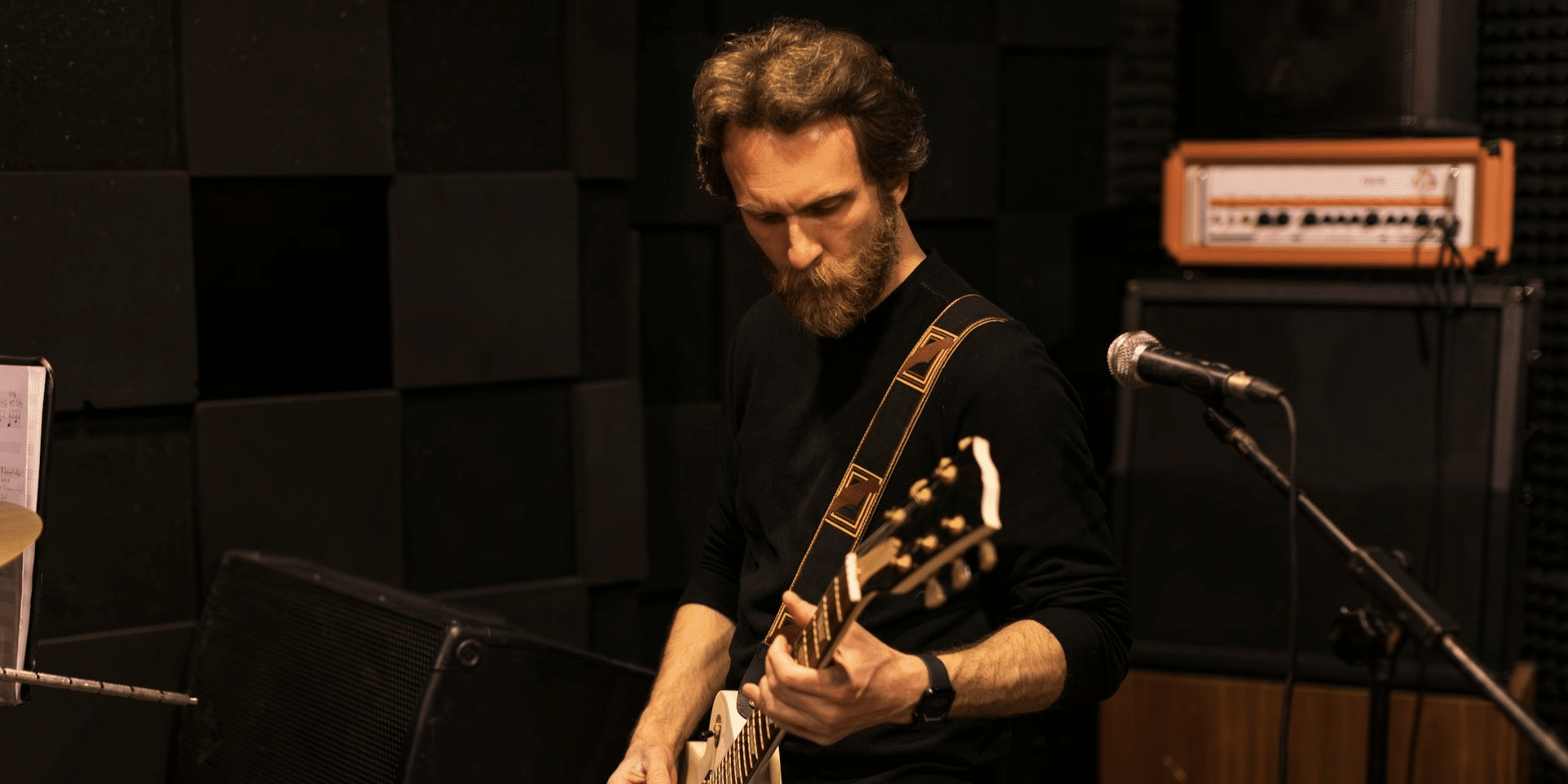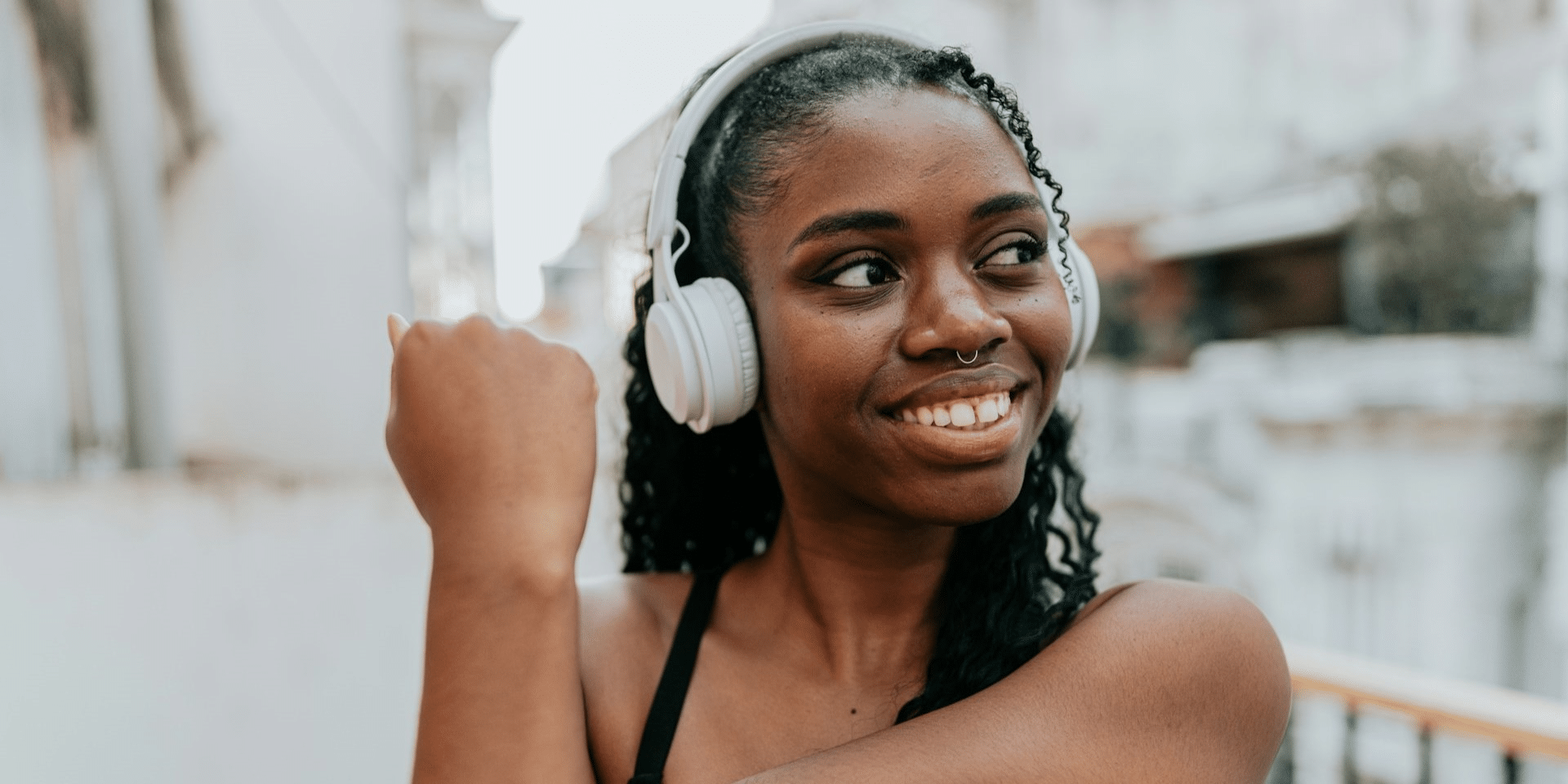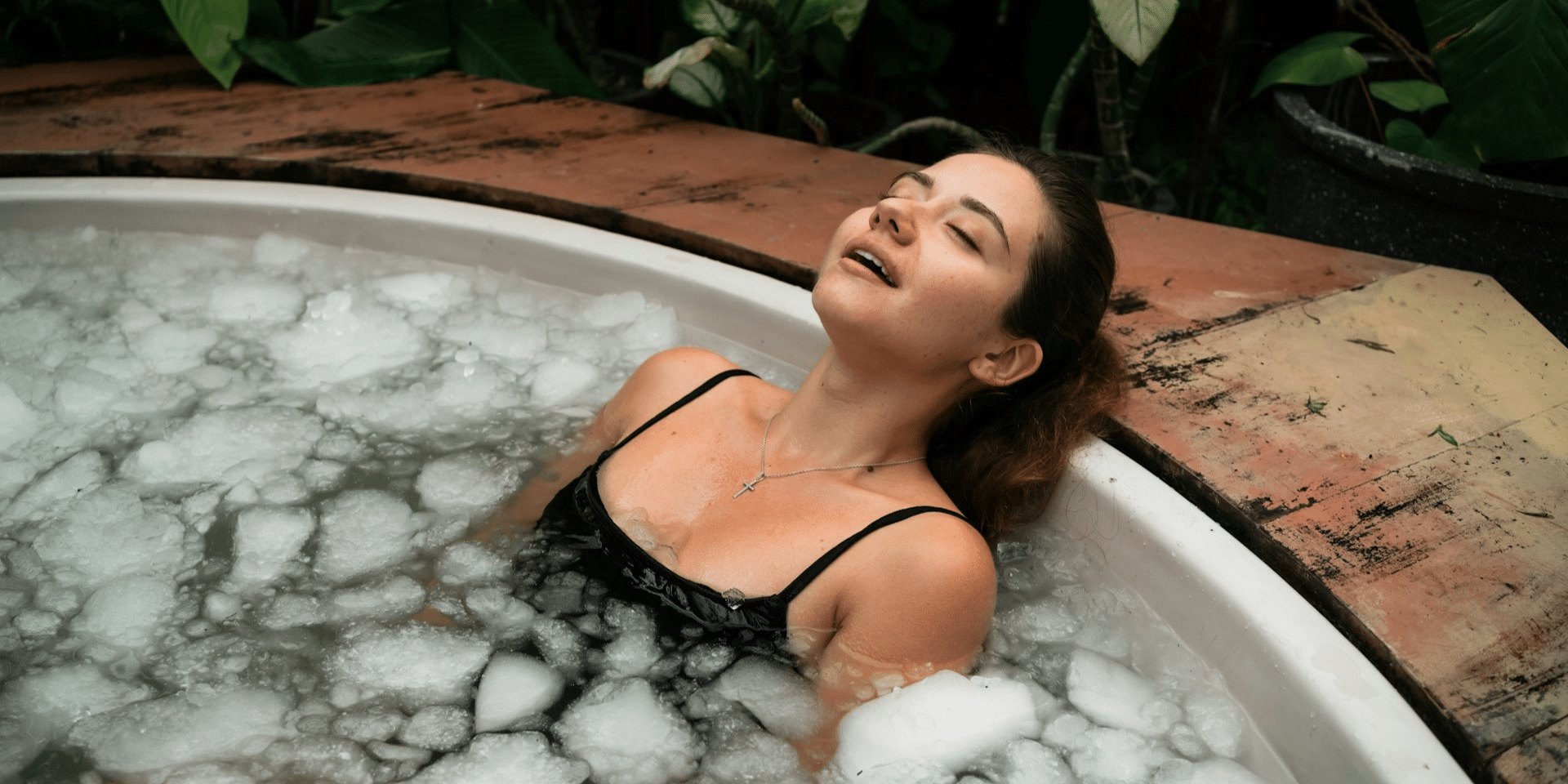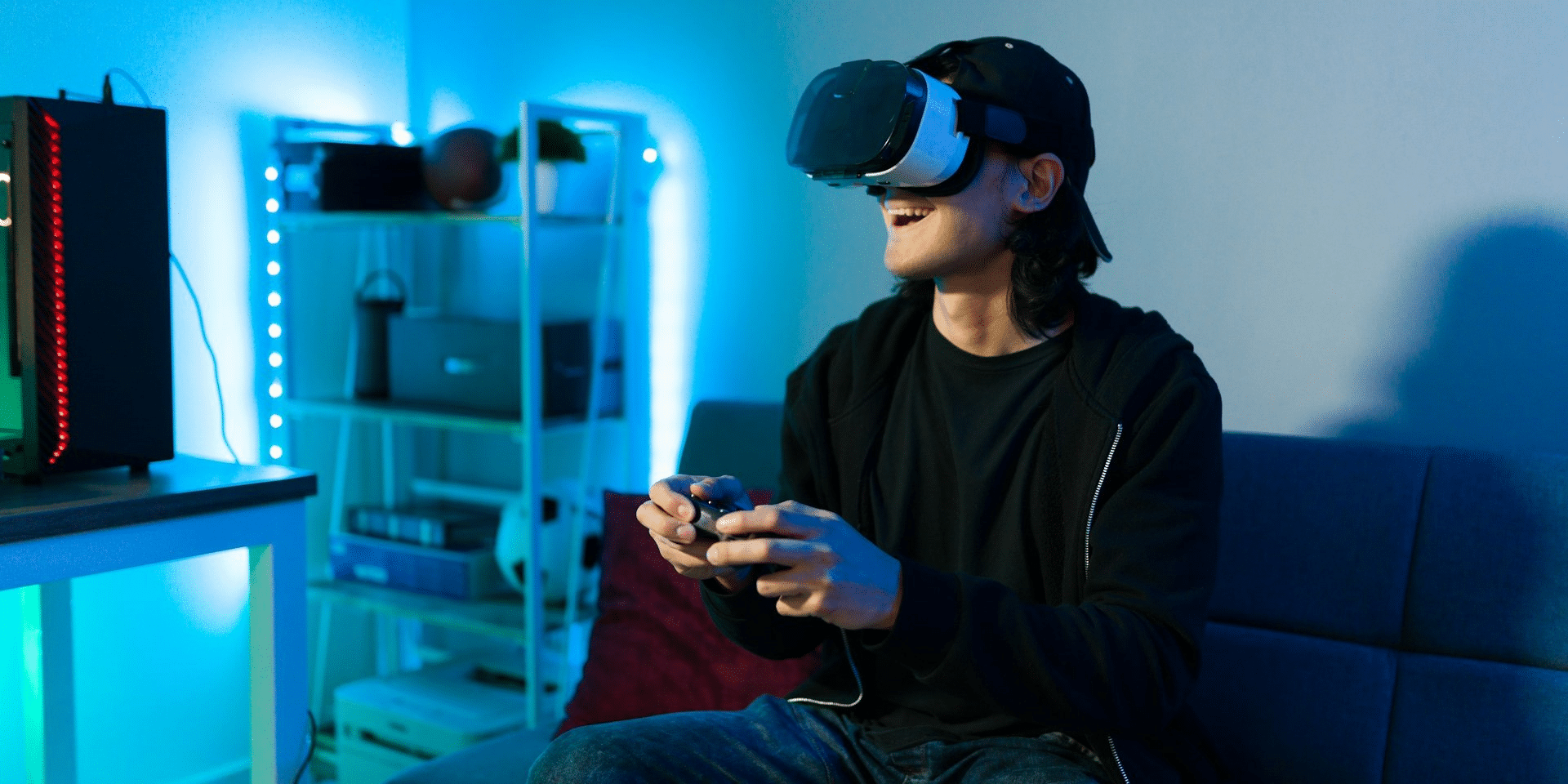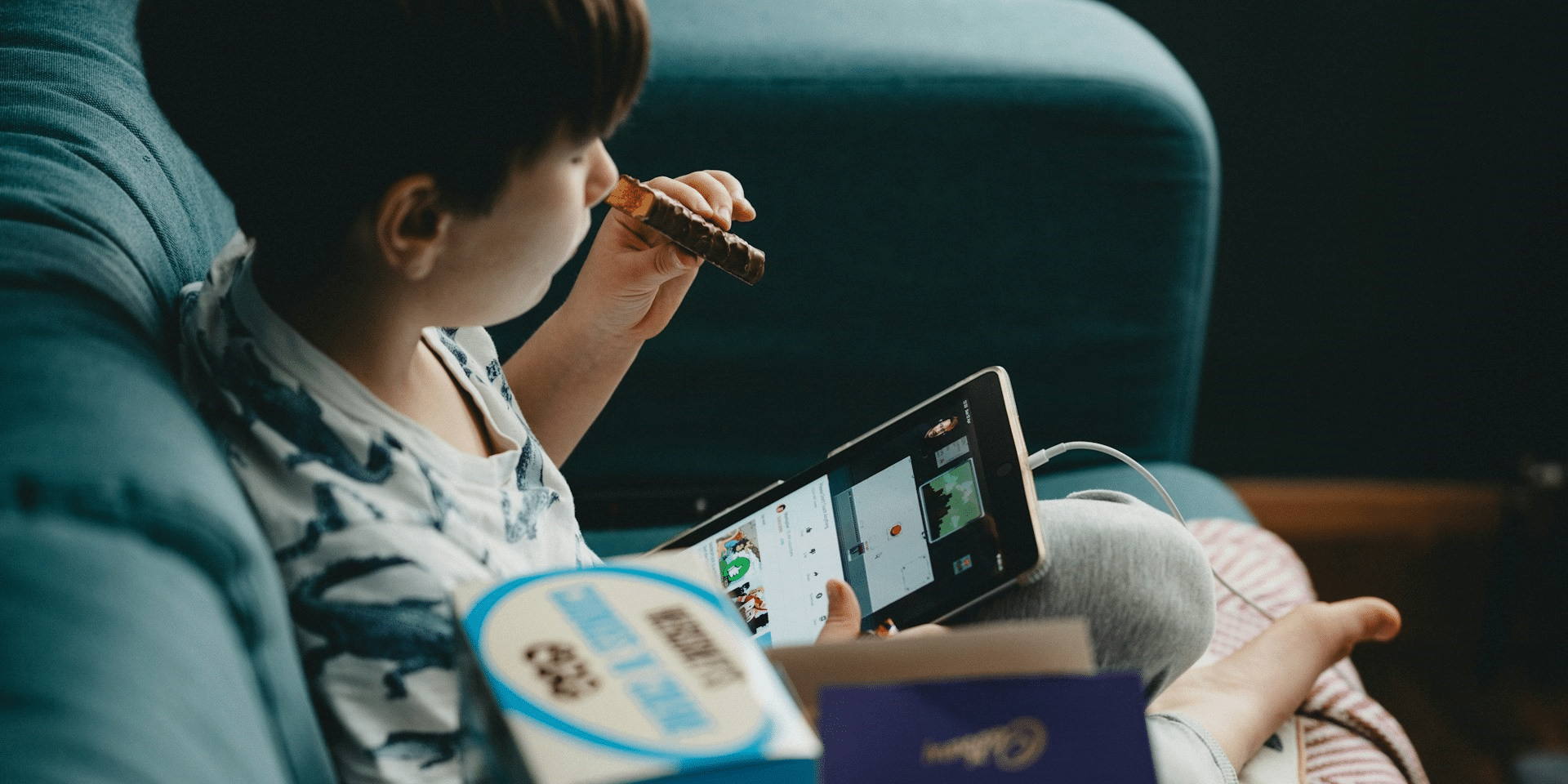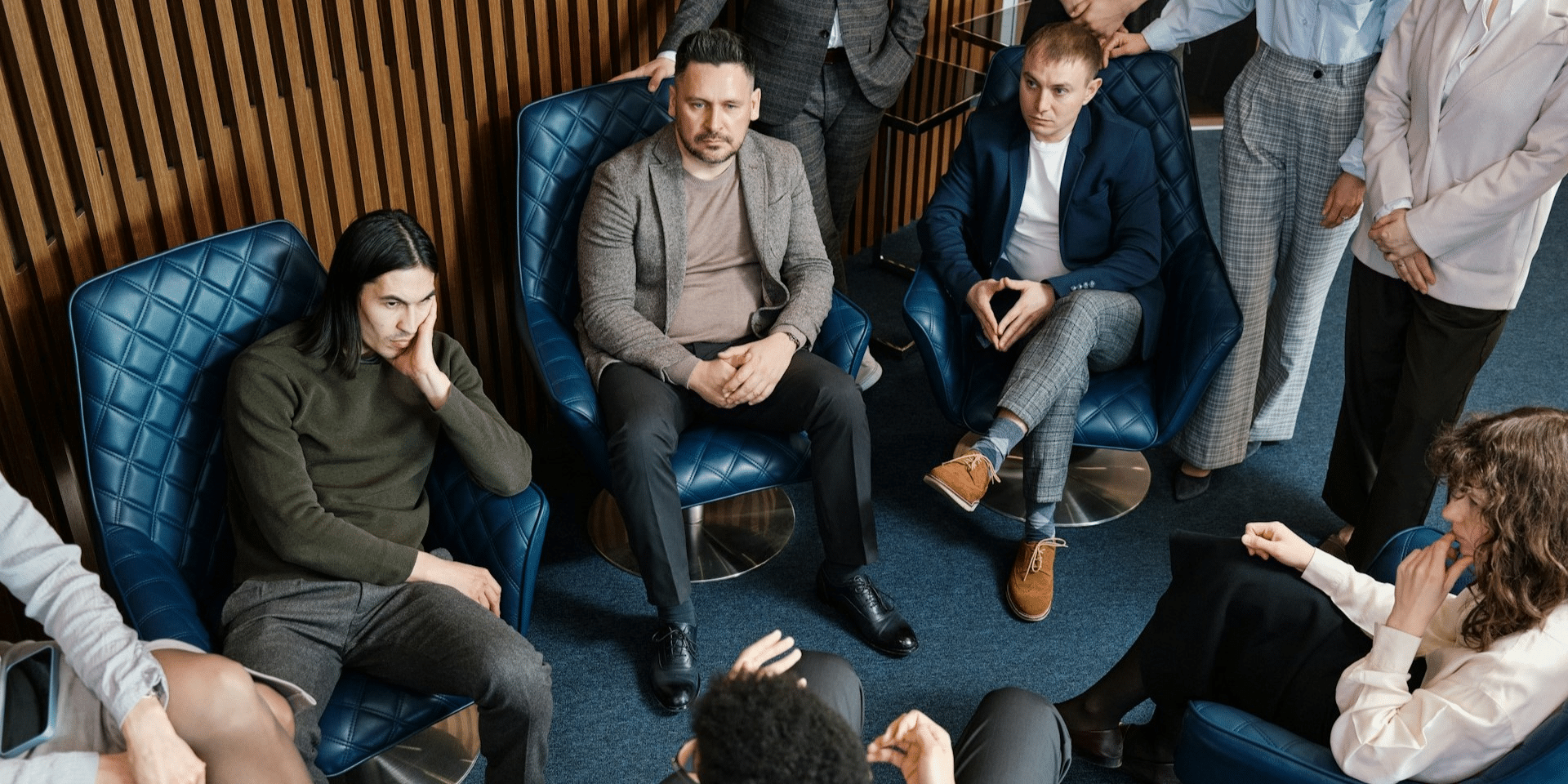As one of the incredibly expressive features on the face, the eyes are often the first to reveal signs of aging. Youthful eyes, defined by a smooth lid-cheek junction and fullness in the lower eyelid, create a vibrant and energetic appearance. Lower blepharoplasty, a cosmetic surgical procedure, aims to rejuvenate the lower eyelids, addressing issues like sagging skin, puffiness, and under-eye bags to restore a refreshed, youthful look.
Understanding the Aging Lower Eyelid
The aging process impacts the lower eyelids through two primary factors: loss of fat in the Suborbicularis Oculi Fat (SOOF) pad and the addition of softer tissue. Fat loss below the orbital rim creates a hollow appearance, while fat accumulation above it contributes to puffiness. This combination leads to a deepening tear trough, dynamic wrinkling, and volume loss that contribute to a tired look. Lower blepharoplasty aims to address these age-related changes by restoring the smooth transition between the eyelid and cheek.
Evolution of Lower Blepharoplasty Techniques
Modern lower blepharoplasty techniques have evolved significantly, shifting from more invasive methods to approaches that prioritize natural results with reduced recovery times.
Transconjunctival Blepharoplasty: The preferred technique today, transconjunctival blepharoplasty, involves an incision inside the eyelid, avoiding muscle disruption and minimizing external scarring. This approach preserves eyelid structure and function, offering a natural look with fewer complications.
Fat Transposition and Contouring: Instead of removing fat, modern techniques reposition and contour it to maintain volume and prevent hollowing.
CO2 Laser and Septal Reset: The use of CO2 lasers for precise incisions enhances safety and precision. The septal reset technique transposes fat into the tear trough, creating a seamless transition from eyelid to cheek.
These advanced methods have improved the outcomes of lower blepharoplasty, allowing patients to achieve more natural and lasting results with minimal risk.
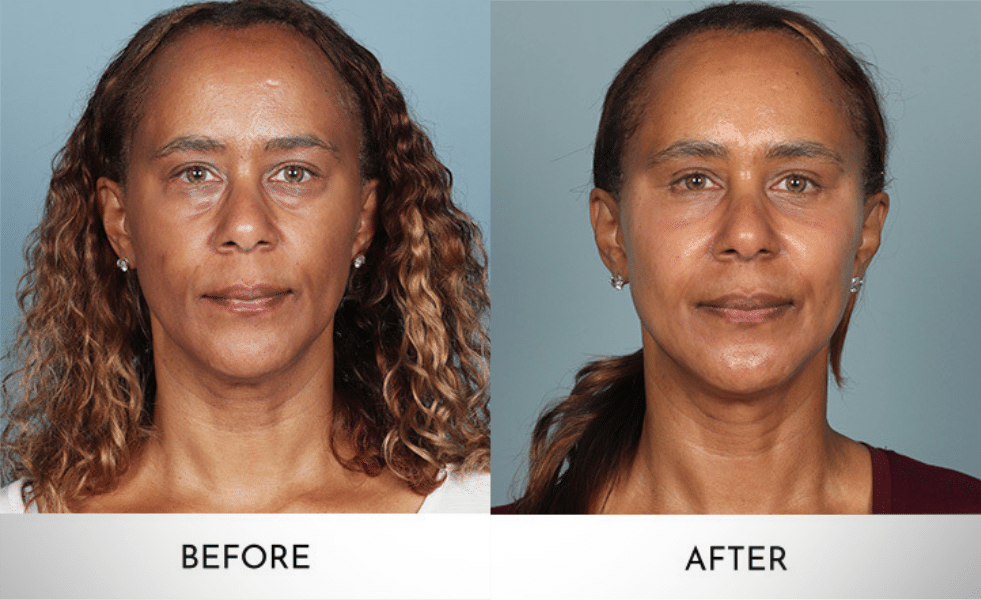
Photo Courtesy: Aesthetic MDR
Recovery and Aftercare
Lower blepharoplasty is usually performed under general anesthesia. After surgery, patients can expect swelling and bruising, which peaks within the first 48 hours. Proper post-operative care includes:
- Swelling Reduction: Cold compresses and keeping the head elevated to minimize swelling.
- Pain Management: Mild discomfort is managed with prescribed pain relievers.
- Hygiene and Wound Care: Gently cleaning the area prevents infection, as per the surgeon’s instructions.
- Follow-Up Appointments: Regular check-ins with the surgeon ensure proper healing and timely suture removal.
Full recovery can take several months, with sun protection being essential during the healing phase.
Minimizing Complications
While generally safe, lower blepharoplasty carries risks. Choosing an experienced, board-certified surgeon reduces the chance of complications, such as lower eyelid retraction or infection. Investing in a skilled professional ensures a safer, more effective outcome and minimizes the need for revision surgery.
Non-Surgical Alternatives to Lower Blepharoplasty
For those seeking rejuvenation without surgery, several non-invasive alternatives can provide improvements:
- Dermal Fillers: Hyaluronic acid fillers add volume to reduce hollowness and dark circles, offering quick results with minimal downtime.
- Botox and Dysport: These neurotoxins relax muscles around the eyes to diminish fine lines and wrinkles.
- Chemical Peels: Mild peels improve skin tone and texture, enhancing the area around the eyes.
- Laser Therapy: CO2 and fractional lasers stimulate collagen production, improving skin texture and reducing wrinkles.
- Microneedling: This treatment triggers collagen production, helping to firm and smooth the delicate under-eye skin.
Each option offers a unique set of benefits, from quick recovery to targeted improvements, but they require maintenance and may not provide the same lasting effects as surgery.
Conclusion
Lower blepharoplasty offers a transformative solution for those wanting to address under-eye aging and restore a youthful appearance. The evolution of techniques has made the procedure safer and more effective, with natural-looking results and shorter recovery times. For those preferring non-surgical alternatives, options like dermal fillers, laser therapy, and microneedling provide temporary improvements. Ultimately, achieving satisfying results begins with choosing a skilled, experienced practitioner who can guide patients in selecting the appropriate treatment for their needs.
Are you curious about how lower blepharoplasty can refresh your look and restore youthful eyes? Our latest article, Lower Blepharoplasty: Techniques, Recovery, and Alternatives, will help you discover cutting-edge techniques, recovery tips, and non-surgical alternatives.
Disclaimer: This content is for informational purposes only and is not intended as medical advice, nor does it replace professional medical expertise or treatment. If you have any concerns or questions about your health, always consult with a physician or other healthcare professional.
Published By: Aize Perez


